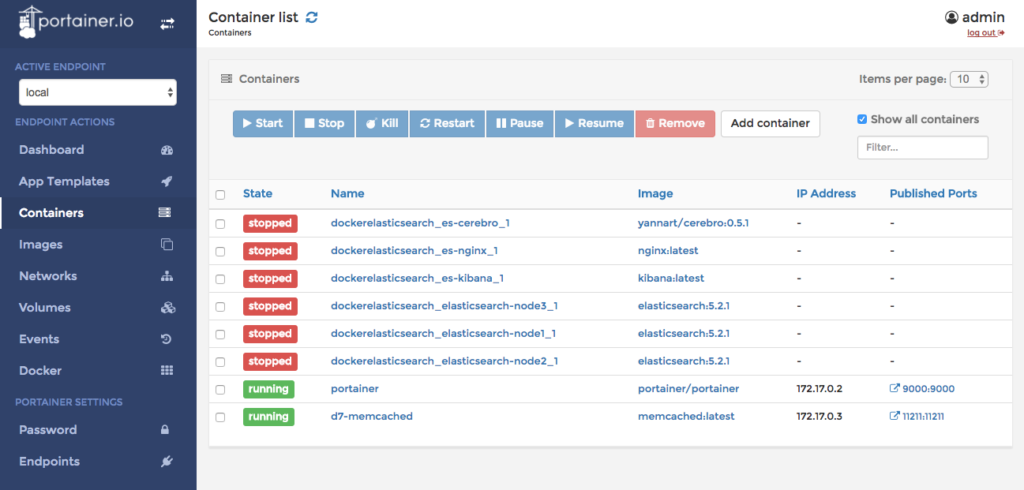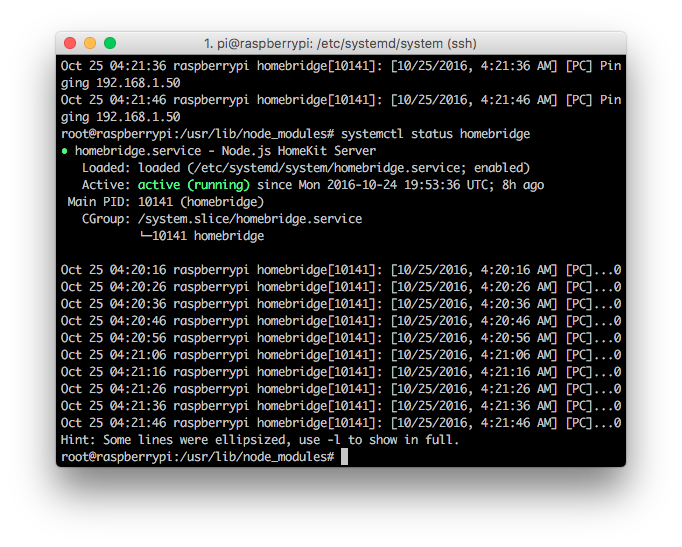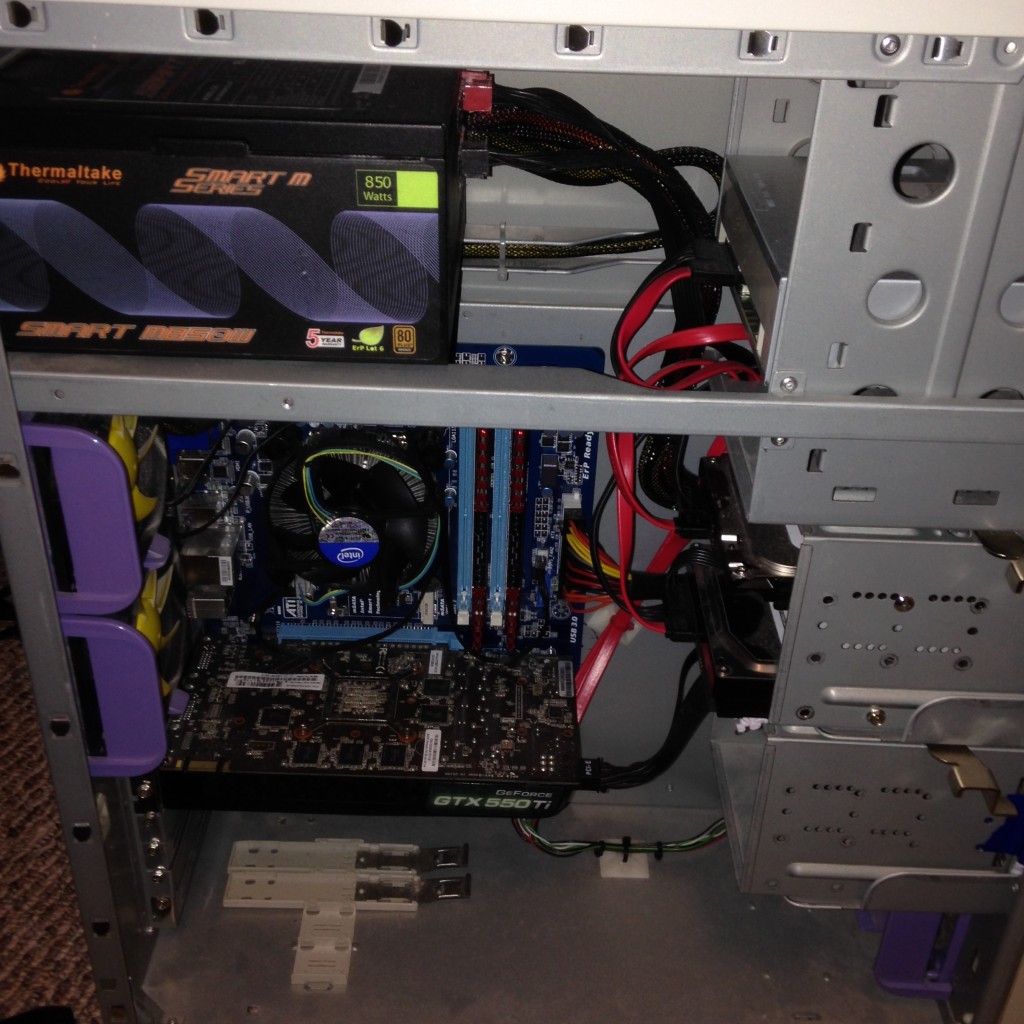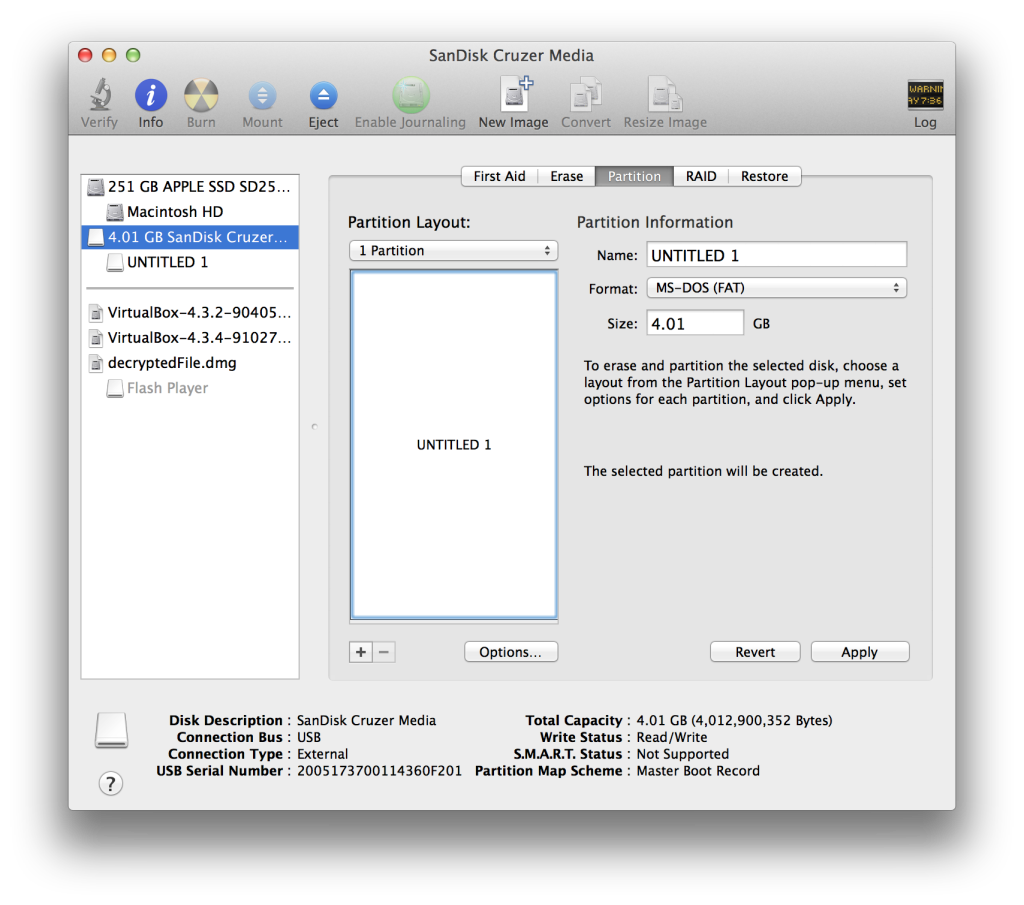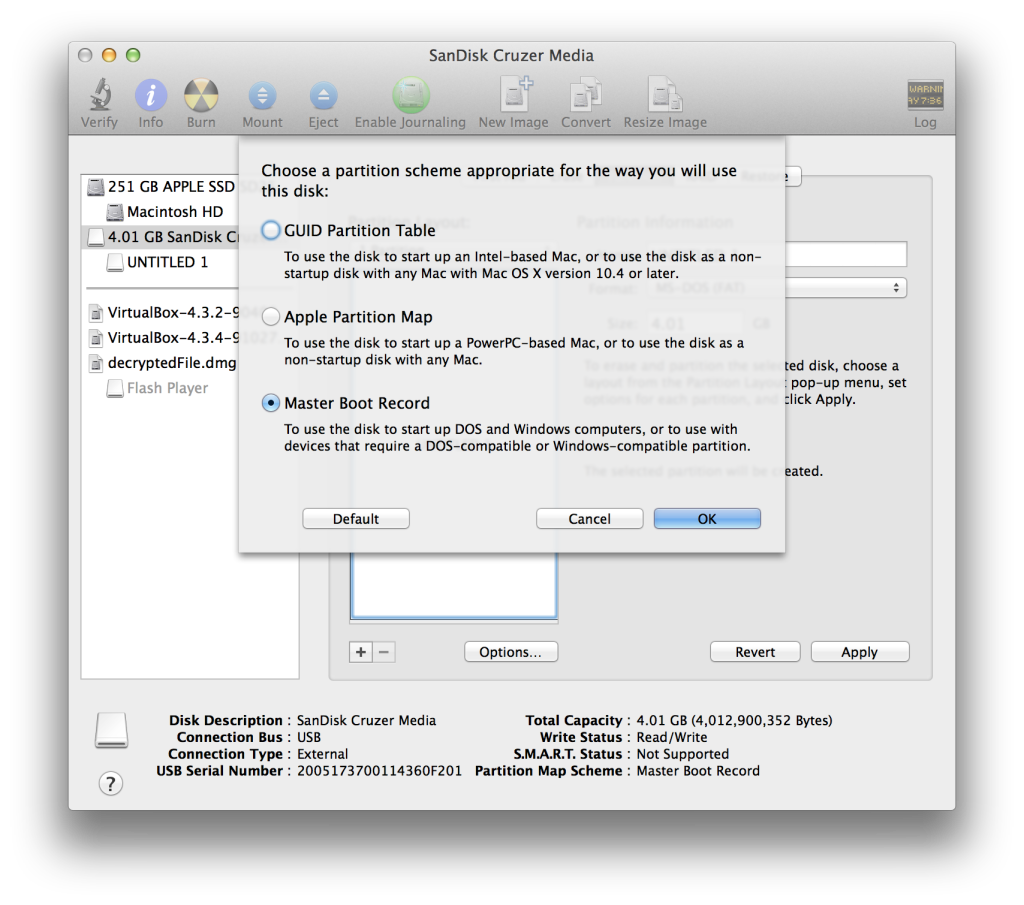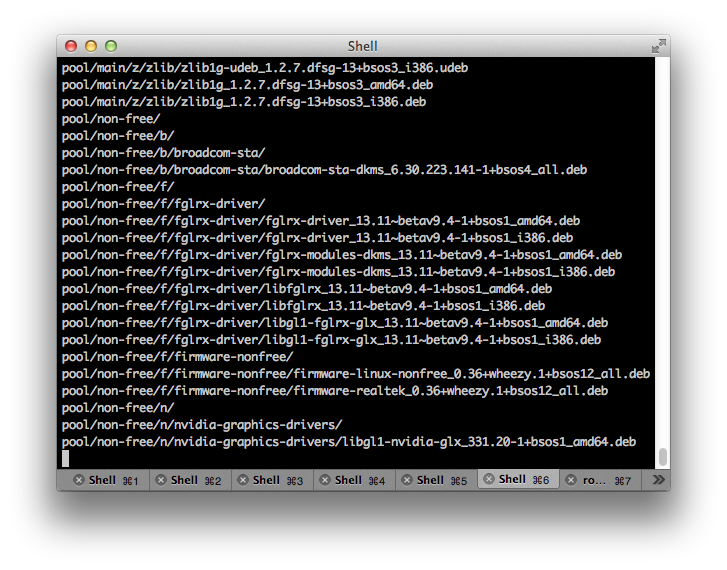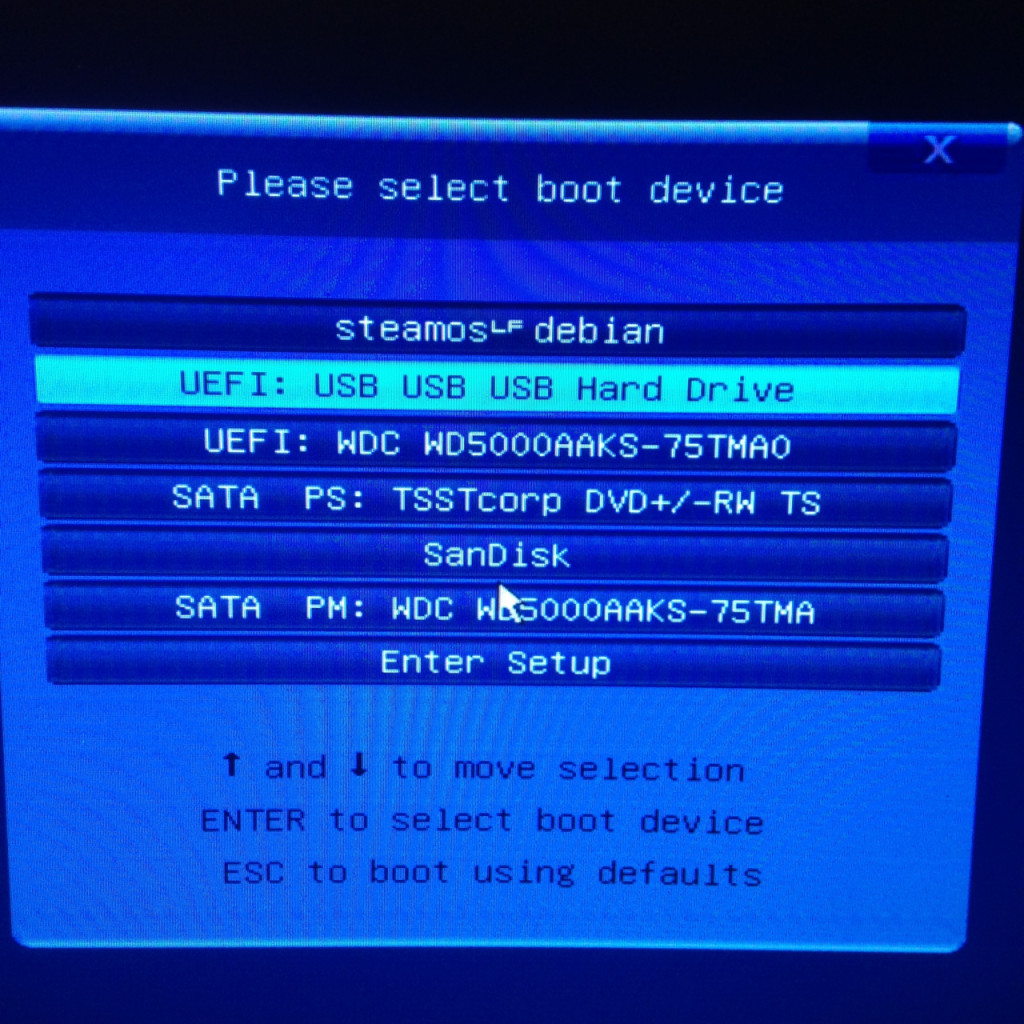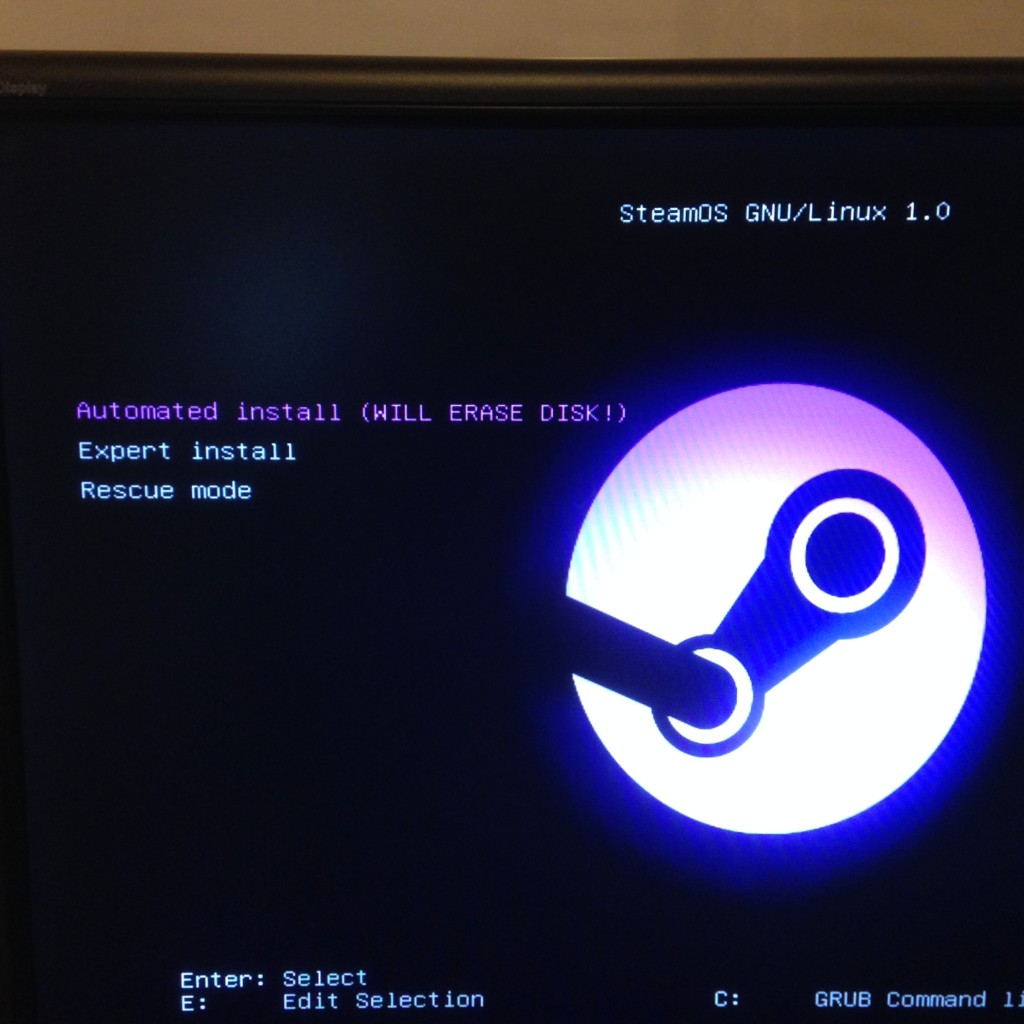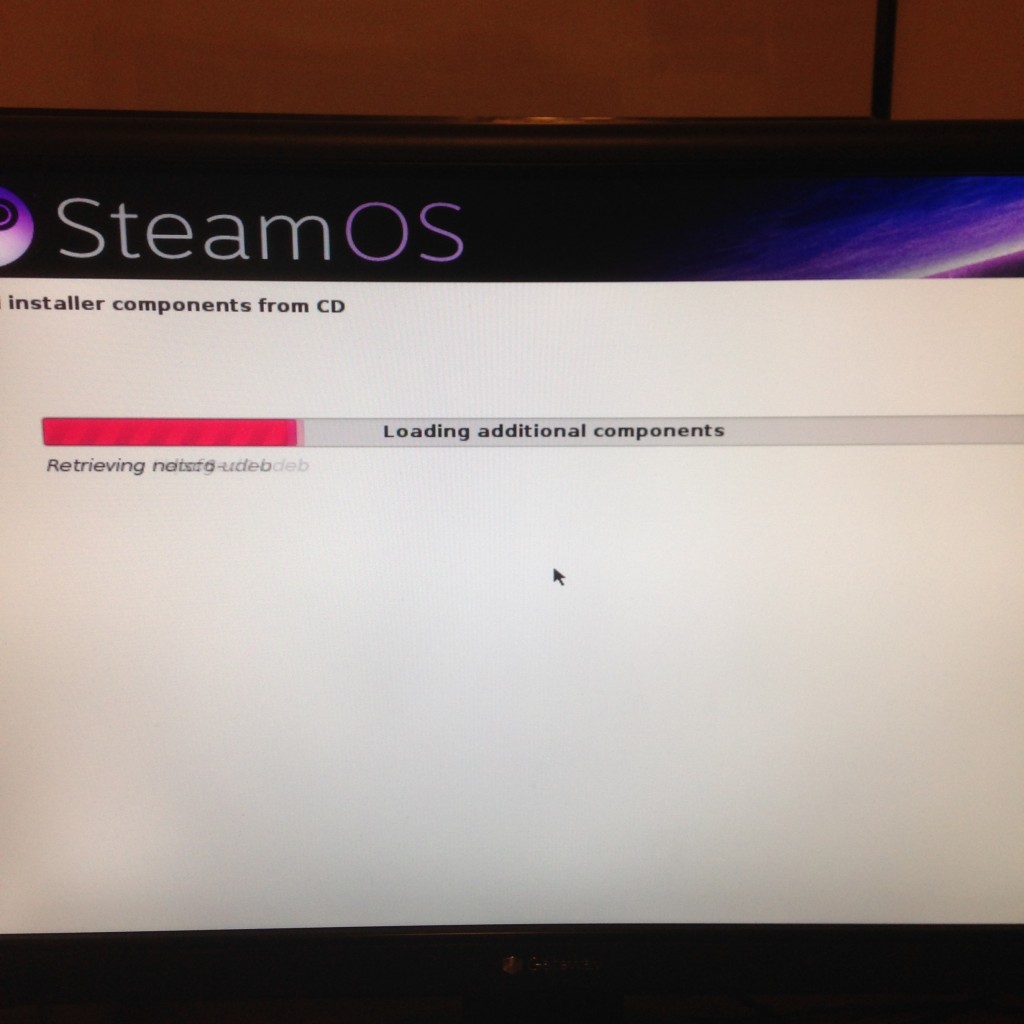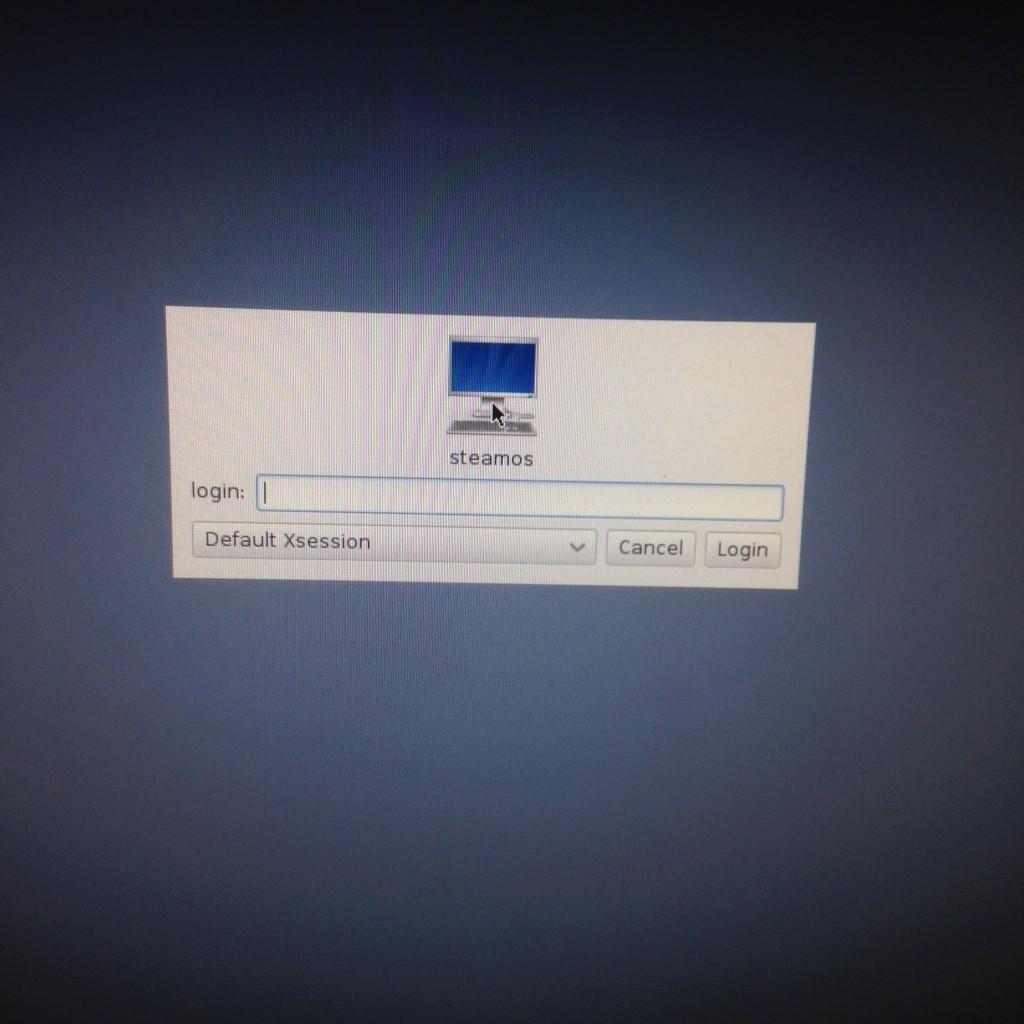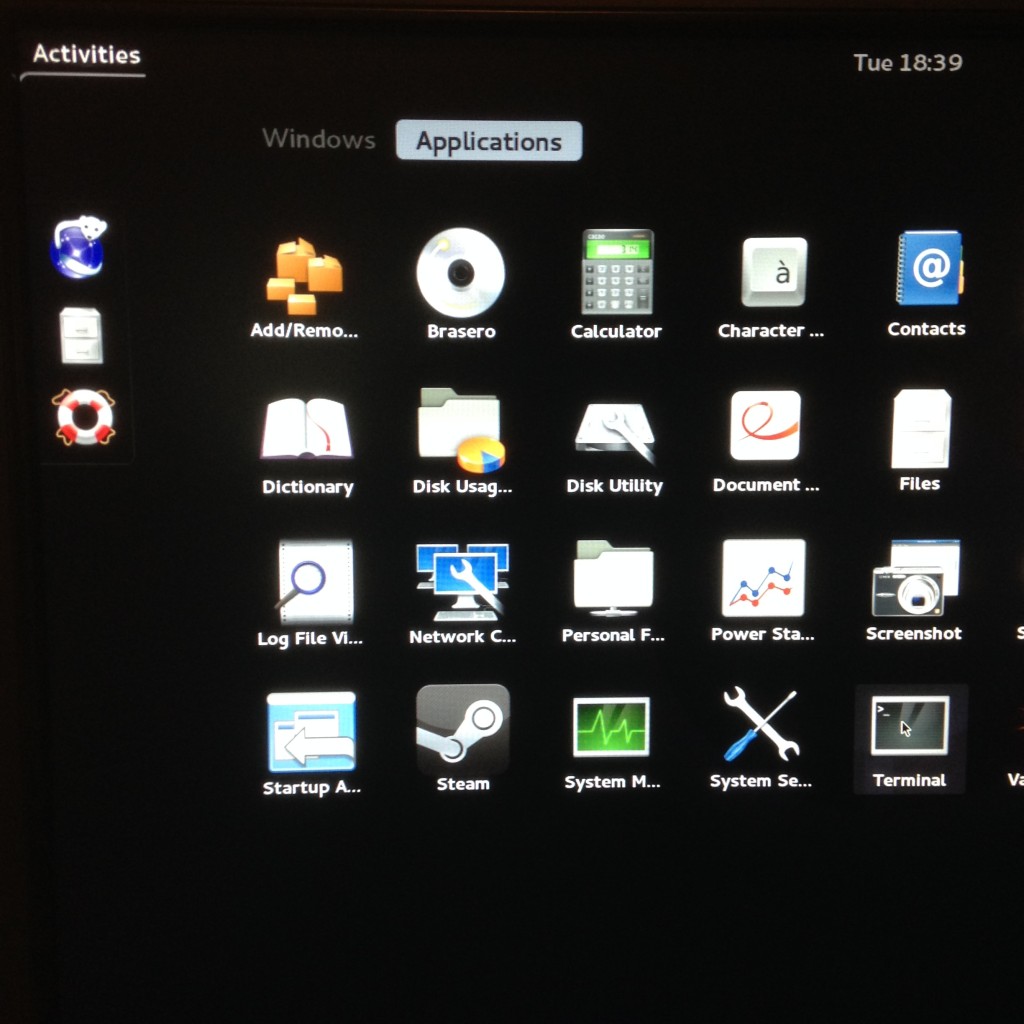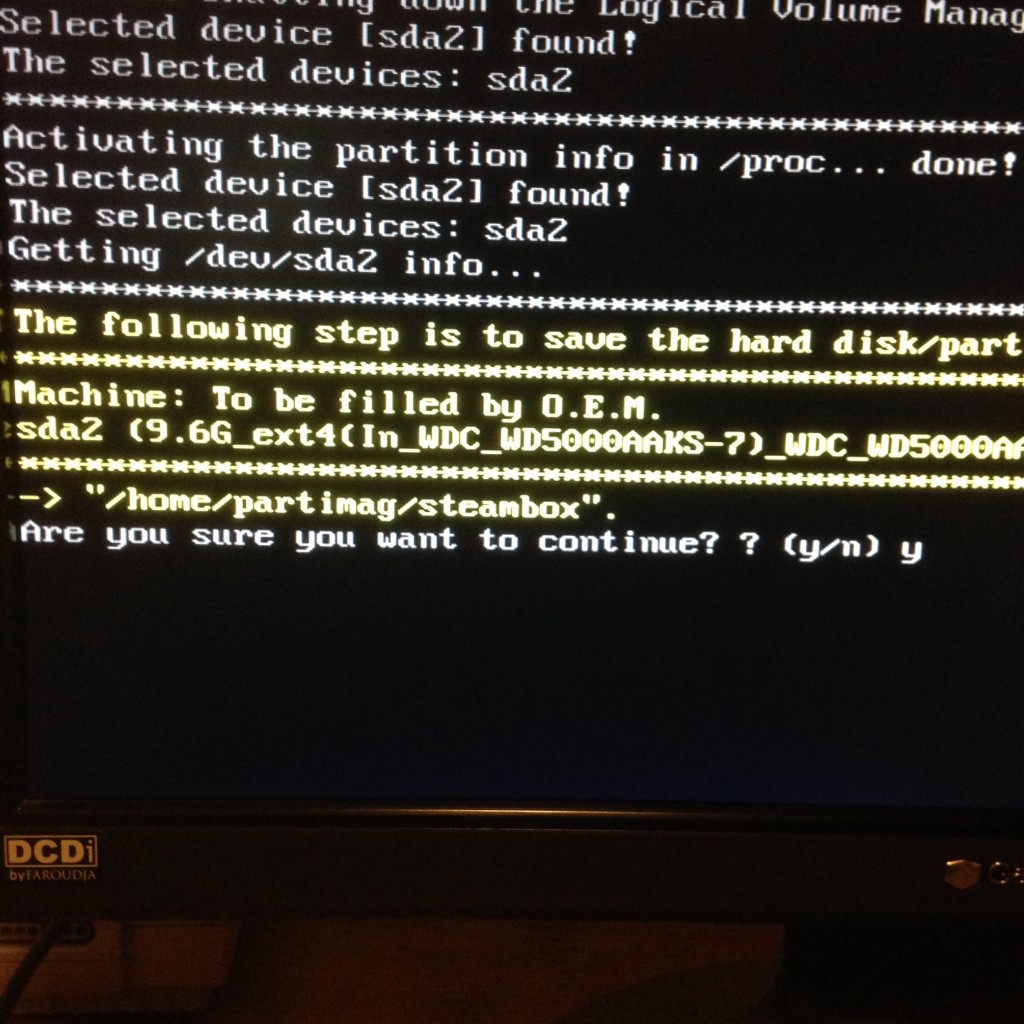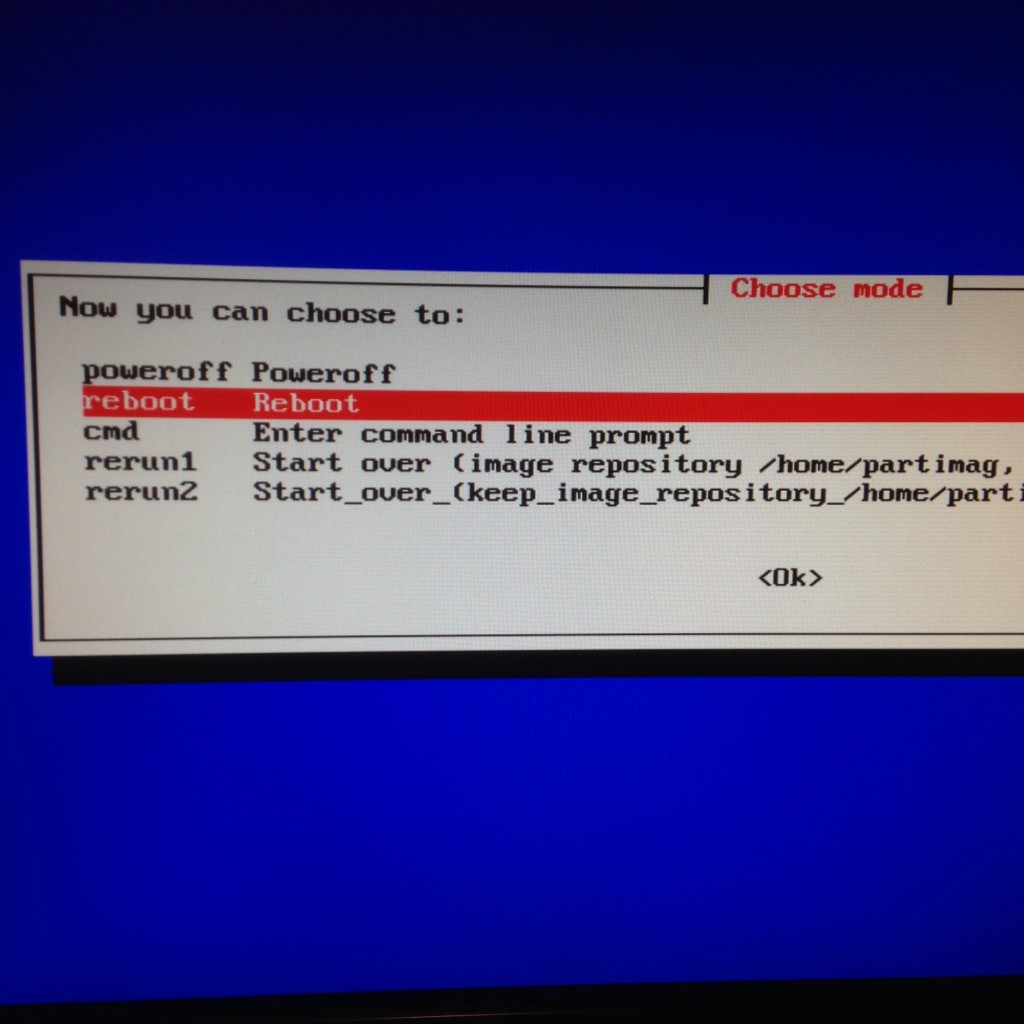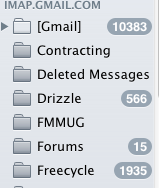My multicore Solr on Ubuntu 10.04 has proven to be one of my most popular posts yet. Seeing the success of that post I decided it was time to show how to get the latest version of Solr up and running on Ubuntu 10.04. As of this writing the latest version of Solr is 3.4.0.
Before we get started you should read and follow my previous post because I borrow all of the config settings from Ubuntu’s Solr 1.4 packages. The default config settings from the Ubuntu maintainers is still a decent starting point with Solr 3.4. Once finished you can safely remove the old Solr 1.4 package if you want to.
With a working Solr 1.4 installation in place, we can get started on getting Solr 3.4 running. You can change some of the following paths if you want, just remember to change them in all of the appropriate places. Everything you’re about to see should be done as the root user.
Create some required paths
mkdir /usr/local/share/solr3
mkdir /usr/local/etc/solr3
mkdir -p /usr/local/lib/solr3/data
Next, re-own the data dir to the proper user
chown -R tomcat6.tomcat6 /usr/local/lib/solr3/data
Download the latest version of Solr
You can get the latest version of Solr from http://lucene.apache.org/solr/ and extract the files into root’s home directory.
wget http://mirrors.axint.net/apache//lucene/solr/<version>/apache-solr-<version>.tgz
tar zxvf apache-solr-<version>tgz
Extract the war Solr war file
Extract the Solr war file into a location. You may need to install the unzip utility with apt-get install unzip.
cd /usr/local/share/solr3
unzip /root/apache-solr-<version>/dist/apache-solr-<version>.war
Install additional libs
There are a few other libs included with the Solr distribution. You can install anything else you need, I specifically need to have the dataimporthandler add ons.
cp /root/apache-solr-3.4.0/dist/apache-solr-dataimporthandler-* WEB-INF/lib/
Configure Multicore
If you want to have multicore enabled you’ll need to perform the following actions. The rest of this post assumes you have copied this file and will require you to make some changes to support multicore. I’ve marked steps that can be skipped if you also wish to skip the multicore functionality.
Copy in the multicore config file:
cp /root/apache-solr-3.4.0/example/multicore/solr.xml .
You should now edit the solr.xml file at this point, doing the following:
- Set persistent to true
- Remove entries for core0 and core1
Next, change the ownership and permissions so that tomcat is able to modify this file when needed
chown tomcat6.tomcat6 /usr/local/share/solr3
chown tomcat6.tomcat6 /usr/local/share/solr3/solr.xml
Copy existing config files
This is where we’re going to borrow some files from Ubuntu’s Solr package maintainer.
cd /usr/local/etc/solr3
cp -av /etc/solr/* .
Because we simply copied the config files we need to modify them to fit our new environment. Change the following in the solr-tomcat.xml file:
- Change docBase to /usr/local/share/solr3
- Change Environment value to /usr/local/share/solr3
Also edit tomcat.policy file changing:
- Modify all entries referencing solr to point to appropriate /usr/local location
Change the following in conf/solrconfig.xml:
- Change <dataDir> to /usr/local/lib/solr3/data
If you are using multicore and you followed the Solr 1.4 multicore post you’ll have a conftemplate directory and you’ll need make changes to conftemplate/solrconfig.xml
- Change <dataDir> to /usr/local/lib/solr3/data/CORENAME
Create symlinks
Here we’ll create some symlinks to support the way Ubuntu packages Solr. This is necessary because we copied Ubuntu’s config files and those files reference a few locations. Creating the symlinks also allows us to continue using the scripts created in the previous post with minimal modifications.
- cd /usr/local/share/solr3
- ln -s /usr/local/etc/solr3/conf
- ln -s /usr/local/etc/solr3/ /etc/solr3
- ln -s /usr/local/lib/solr3 /var/lib/solr3
Enable/Start the new Solr instance
We can now enable our new Solr 3.4 instance in tomcat by doing the following:
cd /etc/tomcat6/Catalina/localhost
ln -s /usr/local/etc/solr3/solr-tomcat.xml solr3.xml
Note that the name of the symlink is important as it will define where we find this instance (/solr vs /solr3). At this point you can create a new core. I’ve provided the updated scripts here.

